Harpsichords at Cheltenham
This week postgraduate researcher and harpsichordist Christopher Lewis starred as player and presenter at the Cheltenham Music Festival – for ‘A History of the Modern Harpsichord: An Afternoon at the Salle Cortot’. Here he tells us more about the purpose of the event :
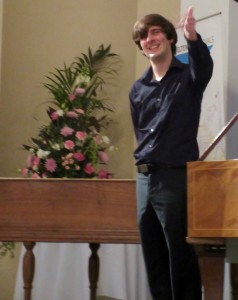
Early on Monday, a small group of us from the University of Southampton departed for the prestigious Cheltenham Music Festival. We had one aim in mind: to provide a comprehensive and unique look at the ever-fascinating instrument of the harpsichord, and its curious and remarkable revival in the twentieth century. Our research team consisted of Professors Jeanice Brooks and Laurie Stras and the postgraduate researchers, Kate Hawnt and myself, Christopher D. Lewis, from the ‘Making of the Modern Harpsichord‘ project.
For our afternoon, at the splendid Grade 1 listed Pittville Pump Room, we were joined on stage by not one but two harpsichords. The first was a glorious instrument by the builder Huw Saunders built to historic standards. The second was a 1969 ‘modern harpsichord’ (or ‘revival harpsichord’) by the late builder John Feldberg – by a modern harpsichord we mean an instrument built to a mid 20th century style. This equally wonderful instrument belongs to us at the University of Southampton and was important to take with us to Cheltenham, in order to present it to our audience as a comparison to the ‘historic’ harpsichord that is more often used in concerts today.
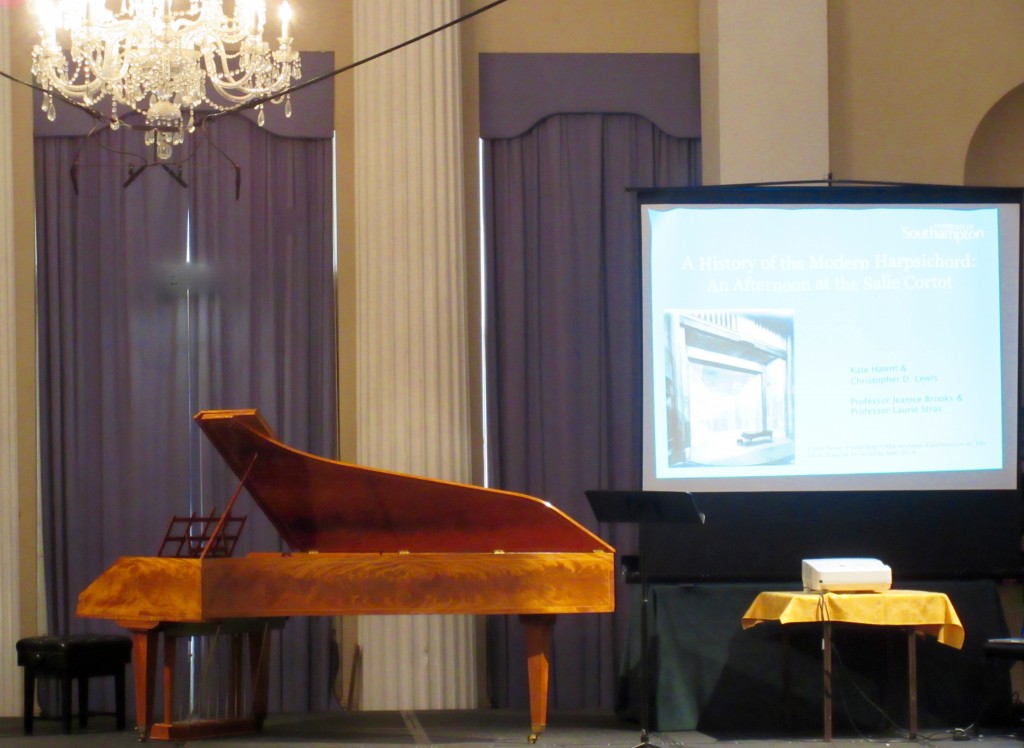
Musical examples that I performed to enhance the spoken presentation included baroque works from François Couperin (on the historic instrument) and rarely heard modern compositions for the instrument by English composer Lennox Berkeley and French composer Louis Durey (on the revival harpsichord).
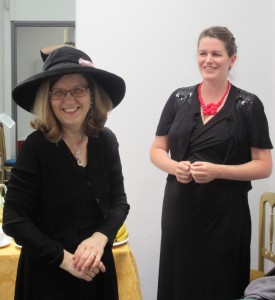
Aside from demonstrating the different styles of instruments that were used during the last century, we also explored many of the characters that would have been involved in this world – from the performers, to the composers, and historians that all helped to revive the instrument. We focused much on the life of Raymond Russell, who not only was a performer but also amassed the most astonishing collection of historic instruments during his lifetime. His collection lives on to this day at the keyboard collection at the University of Edinburgh. He had a quite remarkable (and often forgotten) role in ensuring the harpsichord was reborn.
It was a delightful afternoon, and we were grateful for the wonderfully receptive audience. It was a great opportunity for our research team to be able to present some of our postgraduate work as we approach the midway point in our thesis research. To conclude the afternoon Laurie and I closed the day out with our highly unorthodox harpsichord duet between the modern and the revival harpsichords, with a Fandango written by Californian composer Sheli Nan. Alas, this time around we were missing the flamenco dancer (and castanets) but . . hey. . . there’s always next time . . . !
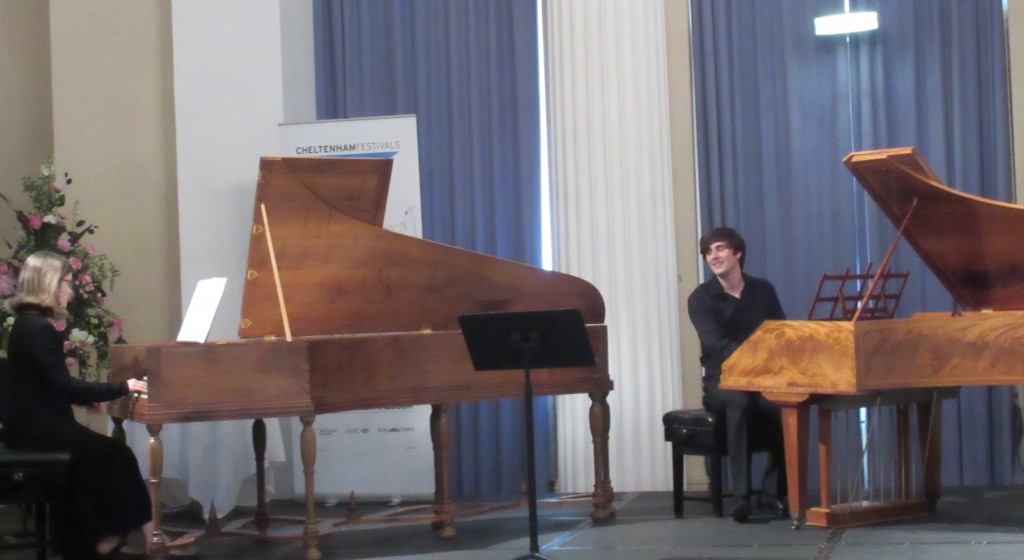
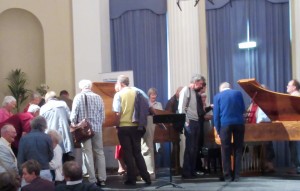
The afternoon was sponsored with generous funding from the Arts & Humanities Research Council and we are also grateful to The University of Southampton for additional funding. Thanks also to Cheltenham Music Festival for their hospitality.

